Delays, violent crime: Report card on NYC subway reveals a system in crisis
If you slogged around during the first month of 2024 on the subways, you probably felt like there was a major delay every way you turned, and when you did get on the train, you were one wrong flicker of eye contact away from being a crime victim.
With subway ridership hovering around 71% of pre-COVID normal, bus ridership at 60% of normal, and commuter rail at about three-quarters, we don’t want to lose any more riders to bad service or fear.
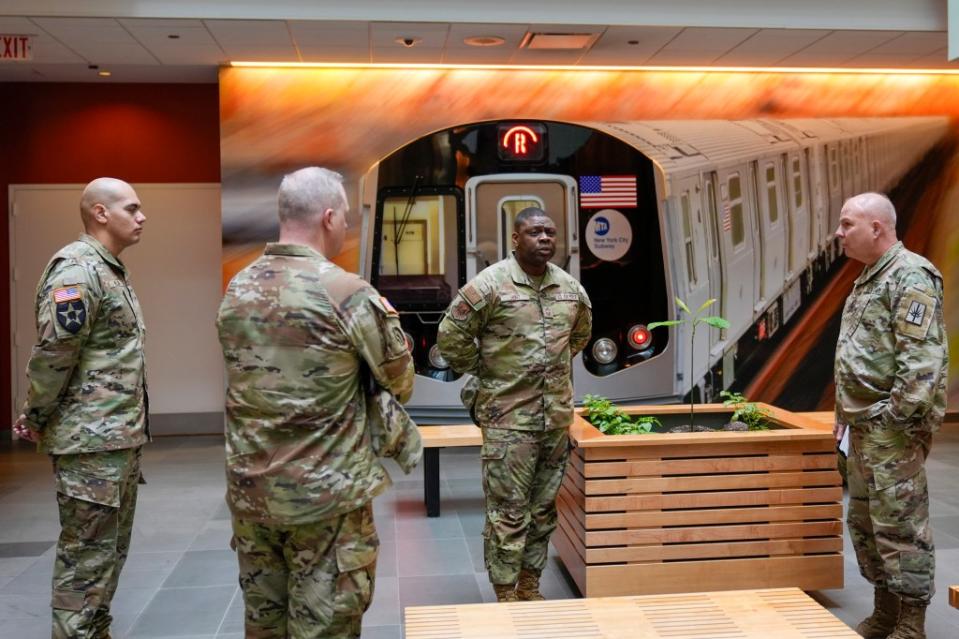
But keeping straphangers riding the MTA will take work, just as the system has never felt more imperiled. So imperiled, in fact, that New York Gov. Kathy Huchul announced this past week that she’s calling in the National Guard to keep passengers safe.
So just how is the MTA — and the state and city governments responsible for running it and keeping it safe – doing?
Crime: F. Crime skyrocketed this year. We’ve now had three murders on the rails, all random. In January, felony crime was up 47%, compared to the same month last year. Grand larcenies rose, but subway riders and workers also suffered 110 violent felonies, up 16 percent. Compare violent felonies to January 2019, before the end of cash bail for many crimes and other criminal-justice “reforms,” and serious violence is up 61%.
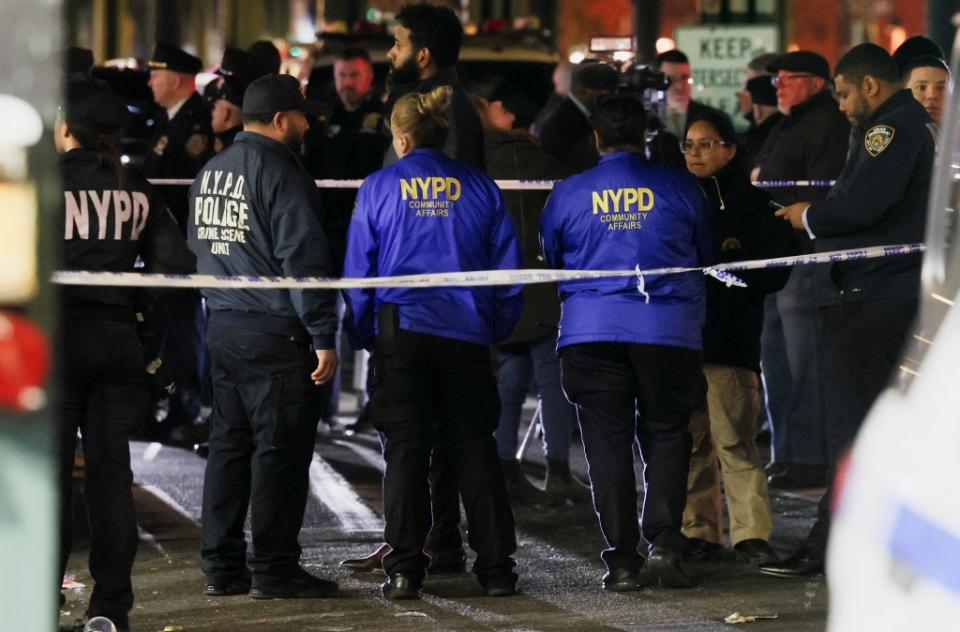
Crime affects service: last Friday, after the slashing of an MTA conductor on the A line, workers walked off the line for a few hours. Last year, bus and subway workers suffered 135 assaults, up from 125 in 2022.
Disorder: D. Last year, the MTA lost $700 million on fare evasion; 46% and 13% of bus and subway riders refuse to pay.
The issue isn’t just money. Chronic fare evaders are disproportionately people who are aggressively panhandling, using drugs, and committing violence.
Now, we’ve got a new element of disorder: migrants, including children, walking platforms and trains selling candy.
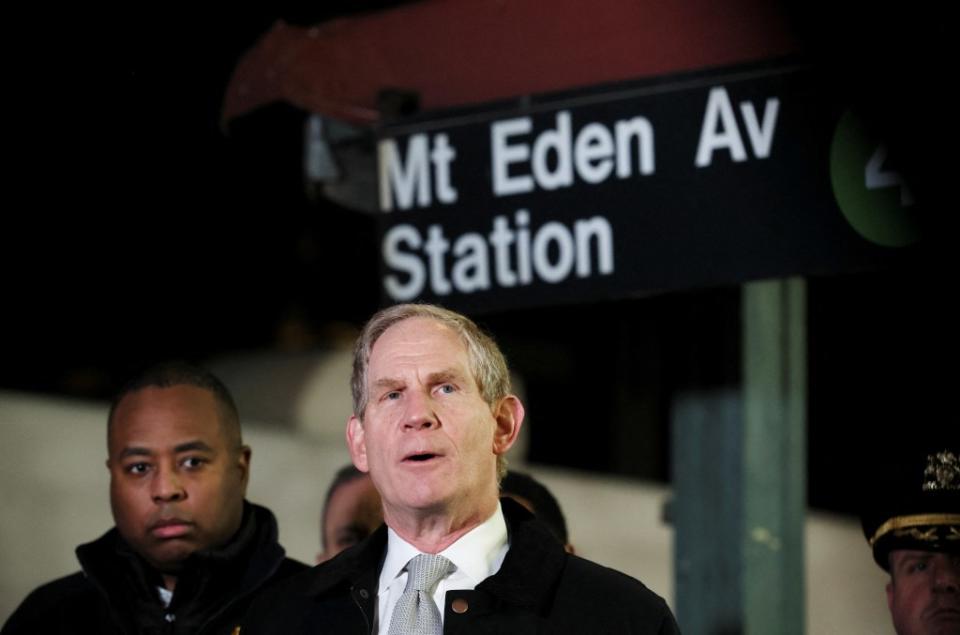
MTA chief Janno Lieber and New York City Transit head Richard Davey say the right things every chance they get — that disorder and violence are a crisis. The three recent fatal shootings on the subway are “completely unacceptable,” Davey said in February.
But they are not in charge of the criminal justice system. Davey observed that of the four people arrested so far for seven assaults on transit employees this year, “they have 50 arrests” among them, including recent arrests and immediate releases.
City and state follow-through on crime and fare evasion: F. Only the state legislature and Gov. Huchul can create criminal justice procedures to ensure that recidivist criminals remain behind bars, and only Mayor Adams can help ensure that severely mentally ill people are securely in care.
Police are doing their job: NYPD transit chief Michael Kemper notes that “all categories of enforcement are at or near historic highs,” with 1,533 transit arrests in January, 31% higher than in the pre-“reform” era of January 2019, and 16,504 summons, 74% higher than in 2019. Police have recovered 17 guns from lawbreakers in transit this year.
But, says Kemper, suspects are “back out … sometimes within hours.”
Police can arrest suspects quickly because the MTA has blanketed its system – stations, and, now, subways and buses – with cameras; the third subway murder of this year, a February shooting on a Bronx train, was filmed. Cameras aren’t deterring crime, though.
And: the mayor’s periodic surges of police officers into subways, whenever the public starts to scream about violence, depend on unsustainable overtime. The mayor needs to level with New Yorkers that we need more police.
Service disruptions: C. The subways suffered 74 “major incidents” in January: a signal, track, or other malfunction that disrupted 50 trains or more.
These 74 incidents represented the worst performance since July 2018, when the MTA, recovering from chronic maintenance mismanagement that had resulted in the “summer of hell” the year before, suffered 77 incidents.
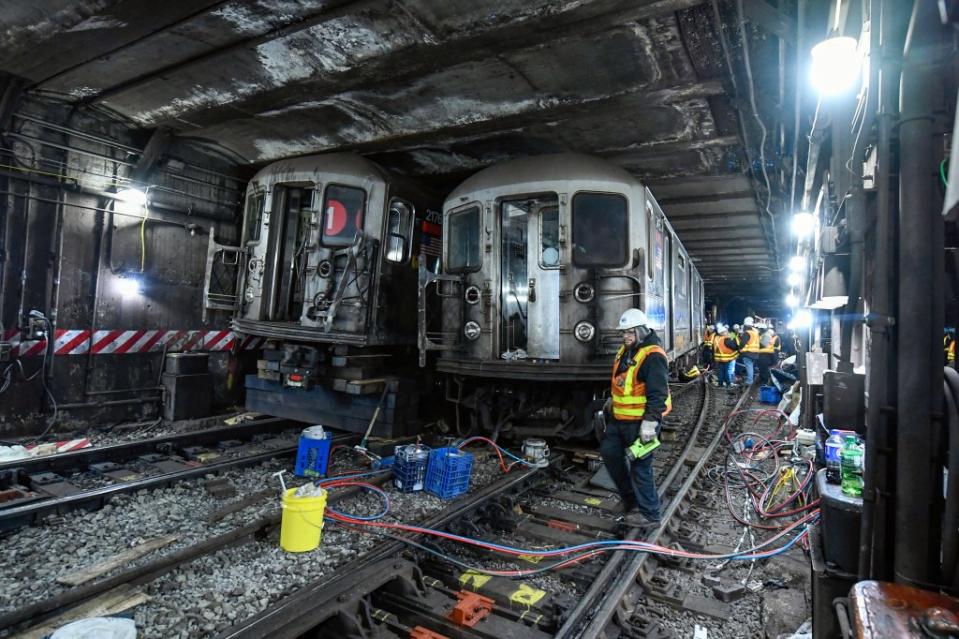
Some of these incidents have to do with preventable disruptive behavior, such as people walking on tracks: 25 such incidents were the second-highest in eight years.
But the rest don’t. Including two recent derailments, they indicate an operations problem.
The disruptions pushed the MTA’s “percentage of service delivered” to a twelve-month average of 94.1 percent, in line with last year. In the year before COVID-19, it was above 95 percent. But when the train does run, it (mostly) runs as intended – 83.4% of customer trips got there within five minutes of schedule in January. But this average is lower than the 84.8% riders enjoyed last year.
Service flexibility: A-. As weekend and off-peak riders have returned more quickly than weekday commuters post-COVID, the MTA has increased weekend trains, from eight to six minutes on the #1 and #6, and from 10-12 to 8-10 minutes on some lettered lines. This can mean the difference between a five-minute wait and a frustrated trip back upstairs to a taxi.
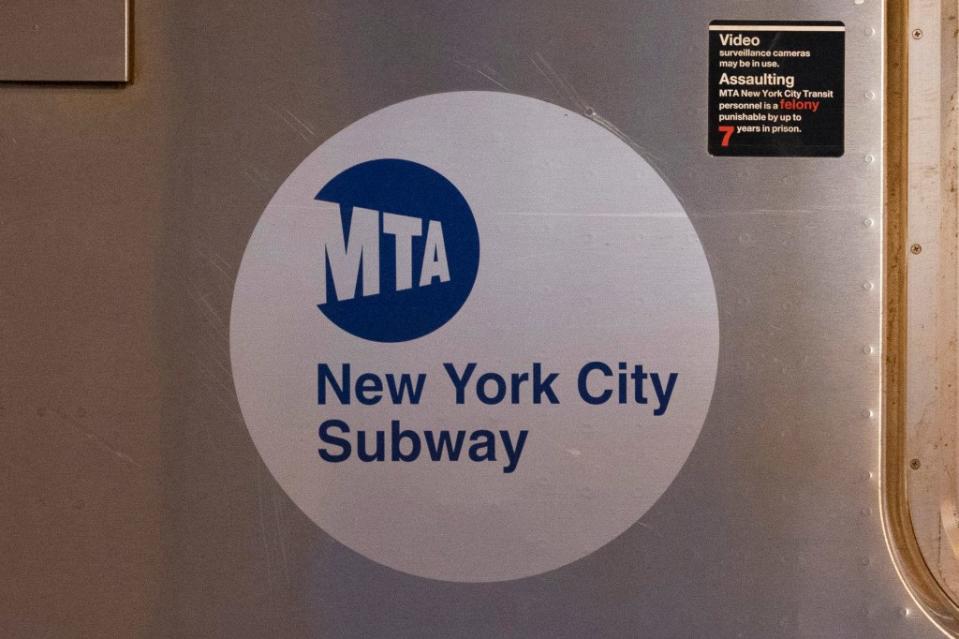
As the city looks to build more housing, the state, city, and MTA must work to add service before cars get packed like they were in 2015, sending people to Uber.
The MTA can add service partly because the state increased a payroll tax on city jobs last year, raising $1.1 billion. A tax increase is not optimal; it would be better to operate more efficiently.
Weather: A-. Amazingly, it snowed, in February, with four to eight inches one weekday, and amazingly, the MTA ran well. A new part of resilience to weather is people just staying home: only 2.3 million people rode the trains during the snow, 1.6 million fewer than the post-COVID normal. Last fall, too, during one of our now-regular rain torrents, the MTA decided to shut down or suspend chunks of the system, rather than lure more people into a flood. The MTA has spent billions to protect its physical assets from long-term weather damage, but trains are still underground, and vulnerable to inundation: keeping more people home a couple of times a year, and out of harm’s way, is a good strategy.
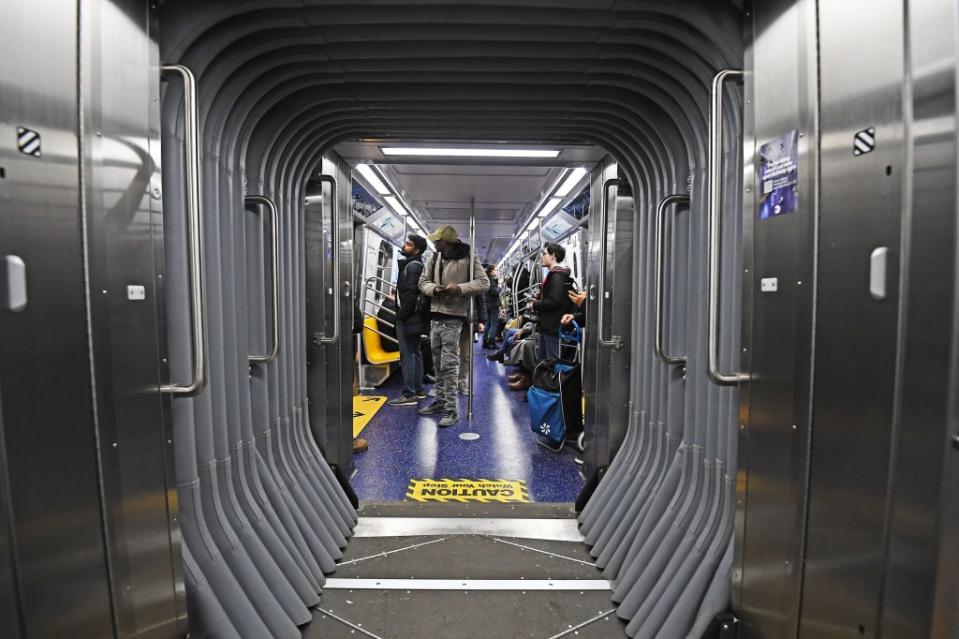
Cool new things: A. The MTA has started running brand-new open-gangway R211T subway cars. Take the C line, and you’ll happen upon a train whose cars you can walk through. Eventually, this could be good for security; an MTA worker could continuously walk up and down, calling in disorder to police a few stations ahead. And though LED lights in stations don’t qualify as cool, they are cheaper and less harsh than old-fashioned lighting.
Head-scratching new things: B-. In January, Washington Heights commuters noticed a bright yellow metal gate blocking riders on the platform from the tracks below, with an opening for the train doors. It’s not the most attractive thing, and it’s not feasible in some stations. But the barriers will prevent falls and, perhaps, violence. The gates are cheaper than spending billions of dollars on sliding glass platform doors.
As for the weird orange flexi-bollards the MTA has erected at a Harlem station to protect the conductor from attacks: this image is one of desperation rather than innovation. Stop attacks by prosecuting attackers.
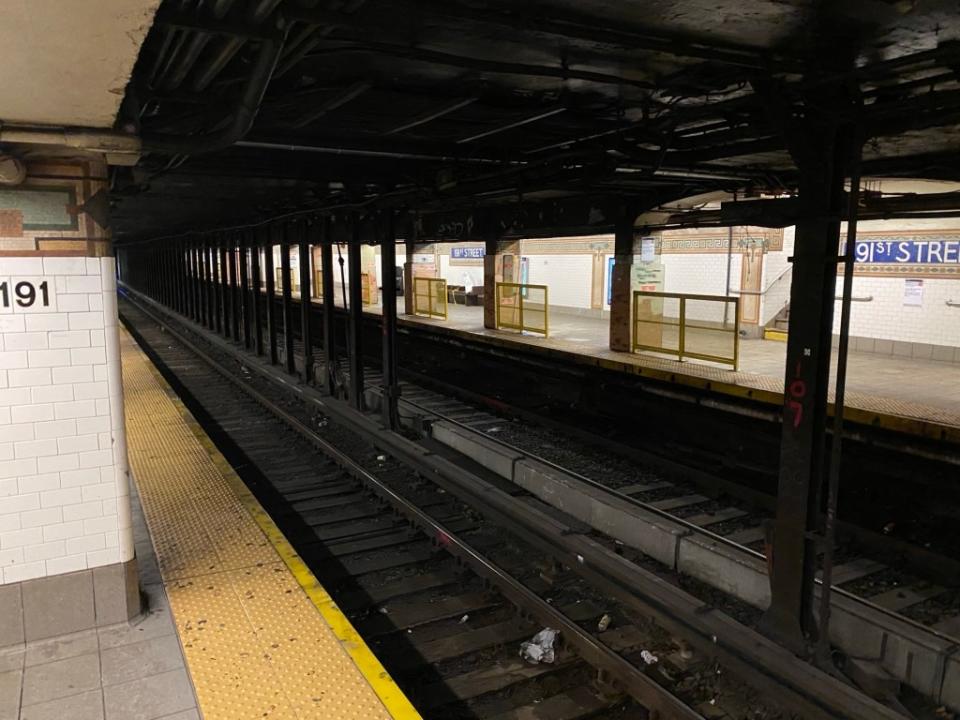
New walk-through fare gates at the Sutphin Boulevard–Archer Avenue–JFK Airport station fall somewhere in the middle: they’re far easier for handicapped people and those with strollers and luggage to navigate than old-fashioned turnstiles – but they’ve proven easily hack-able when it comes to fare evasion. The problem is that no design is going to prevent theft. The transit system is not a prison, designed to be hard to enter and exit. Just as with violence, the fix for theft is enforcement.
Bus speeds: C. During Covid, people who rode the bus regularly got a smoother(er) ride: with fewer passengers to board, with payment suspended, and will less traffic, bus speeds flirted with 9mph. They’ve steadily fallen, back to barely 8.1mph.
The MTA is trying to speed up buses, with more enforcement against cars blocking the way; most drivers stop blocking the bus lane or bus stop after they’ve received just one camera-generated ticket.
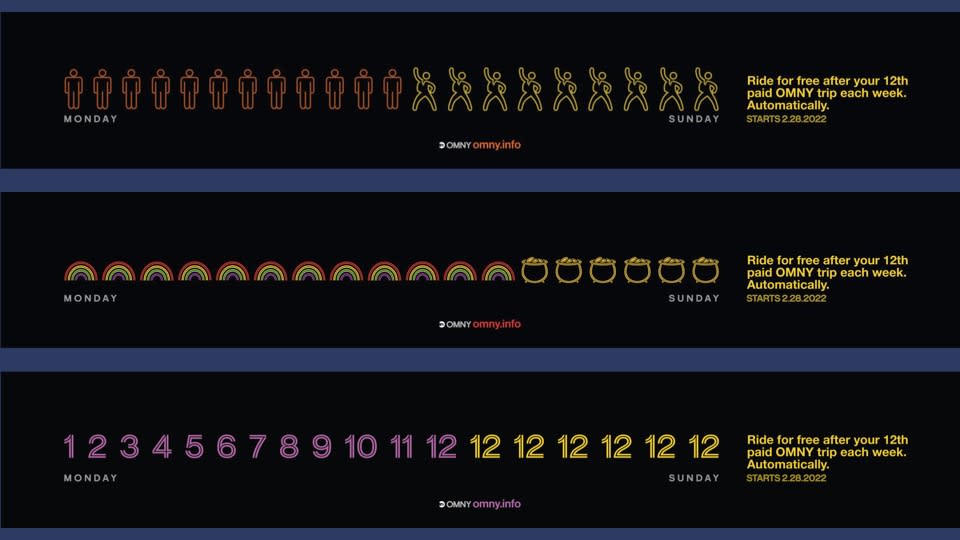
The MTA should also speed up buses by speeding up boarding: with OMNY readers now in place, let us board the backdoor and tap our card there. The MTA worries this will cause more fare evasion, but that fix is enforcement, not making it more inconvenient for people who do pay.
Fare flexibility: B. It’s good that the MTA has started “fare capping,” where, if you ride 12 times in a week, your rides after that are free. And it’s good that after criticism, the MTA allowed people to start their “fare capping” week on any day, not just Monday. The MTA needs to expand this flexibility to reward people over a certain number of monthly rides, as well, and maybe give people a bonus ride, regardless of time frame, after, say, every 30 rides.
The MTA’s overall grade remains I for incomplete. Over decades, subway, bus, and commuter-rail quality has risen and fallen with political attention and resources.
Historically, it’s taken a big crisis – like the 2017 “summer of hell” — to get politicians to get the MTA to reverse any slippage.
With service, we’re nowhere near crisis– as long as January’s disruptions remain an aberration. With crime, though, we are in what now seems to be a permanent crisis. The train is (mostly) on time, but far more dangerous than it was four years ago.
Nicole Gelinas is a contributing editor to the Manhattan Institute’s City Journal.

